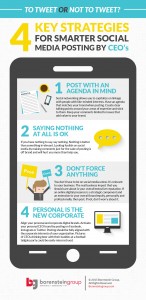With the wild spread of COVID-19, governments around the world are closing stores and discouraging going to public places and offices. This is leaving millions switching to work at home. Even before the epidemic, many were moving to remote work for a number of reasons. Employers say that a flexible work agreement can reduce sick days, increase morale, and lower operating costs. Employees say that a flexible work agreement makes them more satisfied with their job, more productive as compared to a traditional workplace, feel less stressed, and able to take better care of themselves. The pros notwithstanding, the cons still exist.
One of the big cons of working at home is the fact that you are by yourself which can contribute to loneliness. A 2016 study observed a travel agency who had randomly selected a small batch of employees from its staff to work from home. The employees reported that they felt increasingly isolated, uninformed, and disconnected, even though they worked more and reported they felt happier. Another downside of remote work is the lack of management it brings. It’s hard for employers and managers to keep an eye on things if they aren’t even in the same building. “With nobody managing your time but yourself, it’s easy to get distracted when… challenges appear in your life.” says Amber Baldwin, travel vlogger and founder of StoryChasing. Employees and businesses unaccustomed to remote work will have a hard time moving to tech-only interactions. Employees and employers alike will have to develop new habits, and in some cases will have to learn how to operate an entirely new system.
During the Coronavirus economy or not, working away from the office is here to stay. Learn more about how to make the most of it in improving your business with tech and tips here.
![How To Make Remote Working Work [Infographic] How To Make Remote Working Work [Infographic]](https://www.onlinesalesguidetip.com/wp-content/uploads/2020/04/How-To-Make-Remote-Working-Work-Infographic.png)
Infographic Source: Time To Reply
Digital & Social Articles on Business 2 Community
(42)
Report Post






